Gimpo Tea Etiquette Museum (다도박물관)
.0M 2021-04-02
187-49, Aegibong-ro 275beon-gil, Gimpo-si, Gyeonggi-do
+82-31-998-1000
The Gimpo Tea Etiquette Museum is a private museum where visitors can learn about the history of Korea’s tea culture, dado, meaning tea ceremony in Korea. Approximately 3,000 tea ceremony utensils are on display within the museum, and outside lies a sculpture park and an open-air installation art museum. The museum also has various auxiliary facilities for holding cultural events and performances. There is a pond, a spacious lawn, and a pavilion where visitors can learn about Korea’s traditional culture and ethics in a natural setting.
Aegibong Peak (Gimpo Section) (애기봉 (김포))
1.9Km 2025-01-08
139, Pyeonghwagongwon-ro, Gimpo-si, Gyeonggi-do
+82-31-988-6128
Aegibong Peak is located at the northern tip of Gimpo city about an hour’s drive from the downtown area. The mountain is where North and South Korea engaged in a fierce battle at the end of the Korean War; after the battle, Korea was divided into two nations. Since the peak is still a restricted area, visitors must present their passport in order to be admitted. From the peak, an open view of North Korean territory unfolds below and visitors can see South Korean territory as far as Songhaksan Mountain in Chungcheongnam-do.
Gimpo International Sculpture Park (김포국제조각공원)
2.6Km 2025-03-22
38, Yonggang-ro 13beon-gil, Gimpo-si, Gyeonggi-do
+82-31-984-5167
Gimpo Sculpture Park is situated in a large forest and is decorated with 30 sculptures: 14 by international artists and 16 by Korean artists. Since the site is located near the DMZ, the only divided country in the world, each sculpture expresses the overarching theme of unification. A favorite spot for weekend picnicking families and couples on dates, the park is expected to be included in a large tourist complex in the near future along with nearby Reports Park and the youth training center.
Gimpo Munsusanseong Fortress (김포 문수산성)
4.4Km 2022-12-20
Ponae-ri, Gimpo-si, Gyeonggi-do
+82-31-980-2485
Munsusanseong Fortress was built on Munsusan Mountain in 1694, during the 20th year of the reign of King Sukjong, the 19th king of the Joseon dynasty. The fortress as designed to defend Gwanghwado Island from marine invasion. At the time, the fortress had north, west, and south gates, but they were destroyed in a fire during the Byeong-in Yangyo (1866). The north gate was restoryed in 1995 and the south gate in 2002. The fortress walls span 6 kilometers in length, 4 kilometers of which remain unrestored. Surrounded by beautiful scenery, the top of the fortress commands a spectacular view spanning from North Korea to the Hangang River inlet, and from Samgaksan Mountain to the sea off Incheon in the distance. It is often referred to as the Geumgangsan Mountain of Gimpo as it boasts superb scenery throughout all four seasons. The mountain is home to Munsusa Temple, established during the reign of Silla King Jinseong.
Line Hotel / 라인호텔
4.9Km 2025-03-31
2337 , Gimpo-daero, Gimpo-si, Gyeonggi-do
+82-31-988-2234~6
The Line Hotel in Tongjin-eup, Gimpo-si, Gyeonggi-do, offers snug and clean accomodation with a variety of rooms types. Rooms are equipped with bathroom, Wif-Fi, AC/heater and fridge. There is a 24-hour information desk and luggage storage, laundry, and fax/copy services are offered. Gimpo Sculpture Park is 10 minutes away by car, and Deokpojin Fort and Hamsang Park are 20 minutes away. Guests can walk or drive along the beach, or drive across the Ganghwa Bridge to Ganghwa-do.
Café de Chelsea (카페 드 첼시)
5.1Km 2024-02-21
107-20 Gimpo-daero 2435beon-gil, Tongjin-eup, Gimpo-si, Gyeonggi-do
0507-1368-7780
Café de Chelsea is a brunch and bakery café inspired by the Chelsea Physic Garden, a secret garden in England. Its impressive indoor space and outdoor garden are captivating, featuring vibrant seasonal interior designs that change regularly, making it a popular spot for photography. They offer a range of beverages including espresso, milk tea latte, Chelsea spänner (Chelsea einspänner), and various bakery items. The tea room on the first floor offers specialty teas and a tea vin chaud.
Gapgotdon Watchtower (갑곶돈대)
5.1Km 2021-01-18
18, Haeandong-ro 1366beon-gil, Ganghwa-gun, Incheon
+82-32-930-7077
Gapgotdon Watchtower was built to protect the Ganghwa Straits from invasion when the Goryeo Kingdom moved their capital to Ganghwado Island. The fortified area served as a highly strategic location for the Goryeo Kingdom, and had endured multiple invasions by the Mongolian troops between 1232 and 1270.
The watchtower was fortified in the Joseon dynasty by King Sukjong in 1679 and had once fallen during the French campaign against Korea in 1866. In 1977, the site was restored to its original form. The cannons exhibited at the current site were made during the Joseon dynasty to attack outside invaders from sea.
[Ganghwa Nadeul-gil Course 2] Homeland Fortification Trail ([강화 나들길 제2코스] 호국돈대길)
5.2Km 2021-08-11
24, Cheonghadong-gil, Ganghwa-gun, Incheon
+82-32-934-1906
The Ganghwa Nadeul-gil Trails are a collection of walking paths along the coast of Ganghwa Island that connect the watchtowers and and walls of Ganghwasanseong Fortress, as well as royal tombs and other historically significant sites from the Goryeo dynasty that dot the island.
[Ganghwa Nadeul-gil Course 2] Homeland Fortification Trail
Course 2 stretches over a 17 kilometer area between Gapgotdon Watchtower and Chojijin Fort. This trail showcases the history of the island and the changes that happened before and after the opening of the port. The course follows a coastal road that is particularly beautiful in spring and fall.
Yeonmijeong Pavilion (연미정)
6.7Km 2022-08-30
242, Wolgot-ri, Ganghwa-gun, Incheon
+82-32-930-3124
Yeonmijeong Pavilion is Incheon's Tangible Cultural Asset No. 24 (designated on March 1, 1995).
While the exact date of construction is unknown, the pavilion was greatly damaged and then rebuilt afterwards due to the Japanese Invasion of Korea in 1592, the Byeongja Chinese Invasion in 1636, and the Korean War on June 25, 1950.
The name Yeonmi comes from the swallow tail-shape of Imjingang River and Yeomhagang River ('yeon' means swallow and ‘mi’ means a tail). As the pavilion stands on top of Wolgotdondae, visitors can see Paju-si, Gimpo-si, Gaepung-gun in Hwanghae-do (North Korea) at a glance.
Kkokko Orijumulleok (꼬꼬오리주물럭)
7.5Km 2024-02-20
49 Heungsin-ro 239beon-gil, Yangchon-eup, Gimpo-si, Gyeonggi-do
Kkokko Orijumulleok is a self-cook restaurant specializing in orijumulleok (spicy stir-fried marinated duck), a dish made by marinating duck in red chili paste. Patrons pay for their meat, rice, lettuce, mushrooms, and other ingredients, which they cook to their own preference. The self-serve section offers kimchi, ssamjang (mixed paste), garlic, and onions. After enjoying the meat, guests can delight in mixing the rice with laver and vegetables to make a delicious bokkeumbap (fried rice).
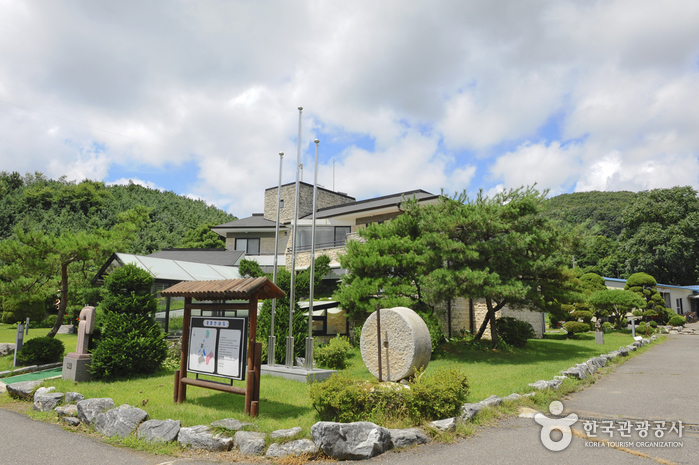

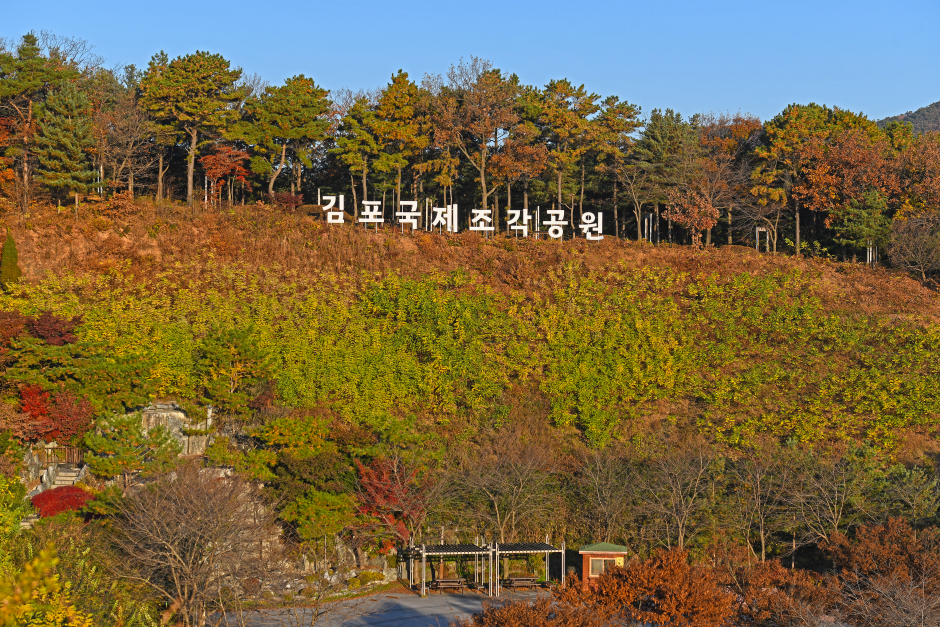
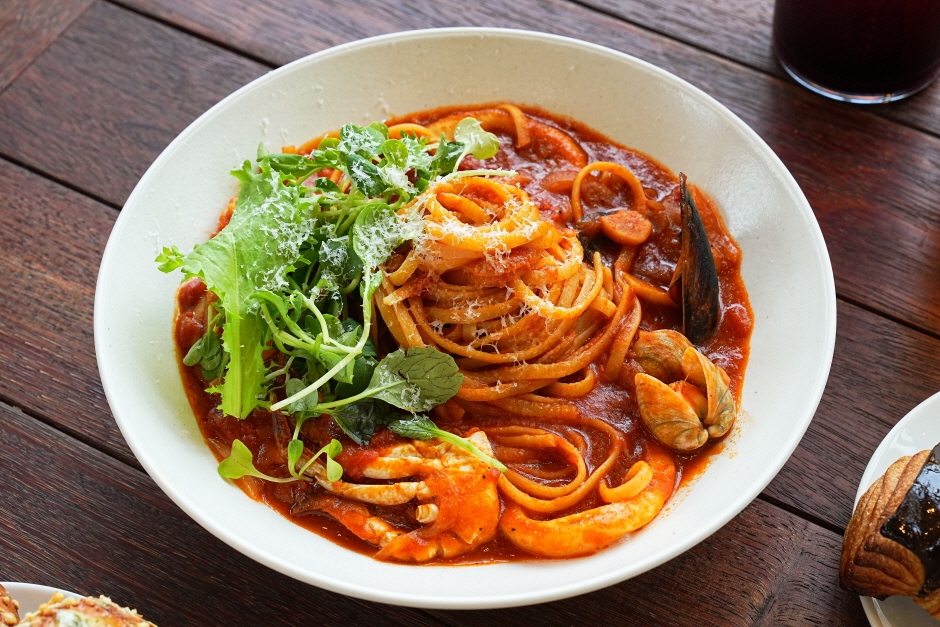
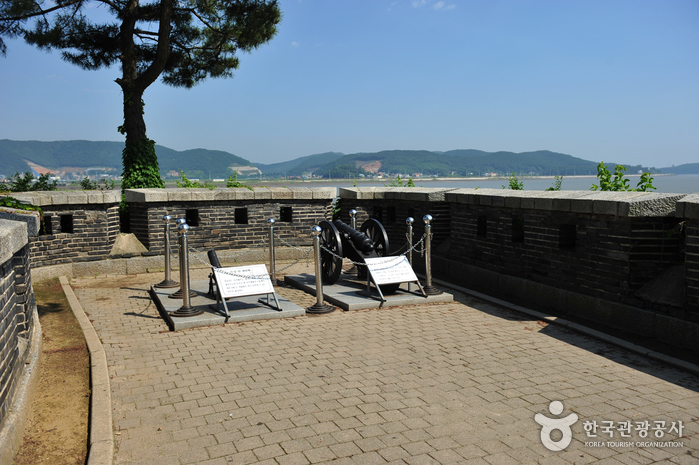
![[Ganghwa Nadeul-gil Course 2] Homeland Fortification Trail ([강화 나들길 제2코스] 호국돈대길)](http://tong.visitkorea.or.kr/cms/resource/05/1895205_image2_1.jpg)
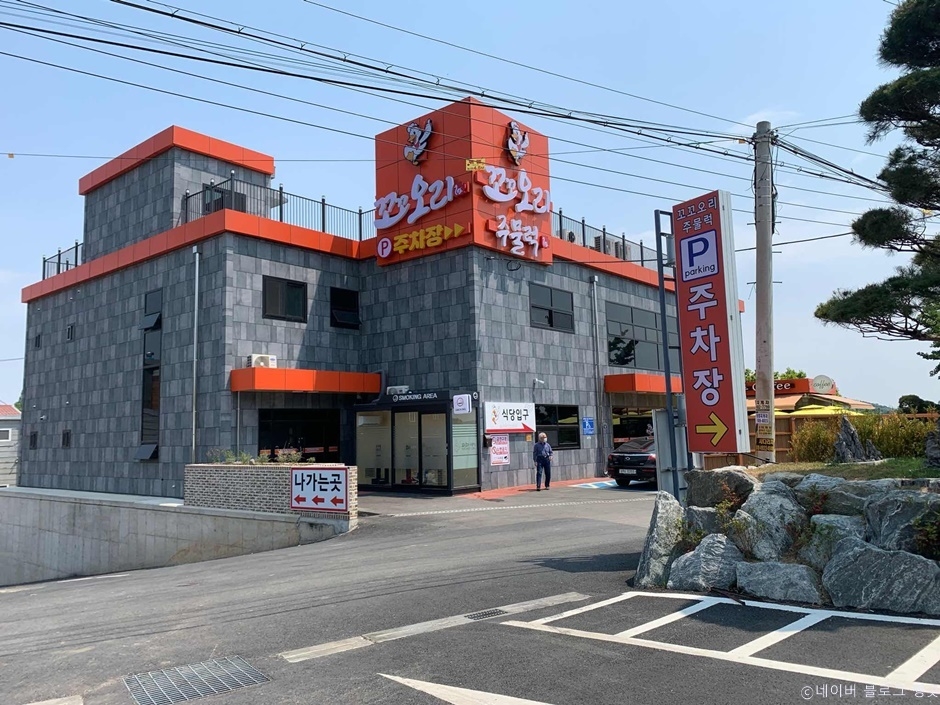
 English
English
 한국어
한국어 日本語
日本語 中文(简体)
中文(简体) Deutsch
Deutsch Français
Français Español
Español Русский
Русский